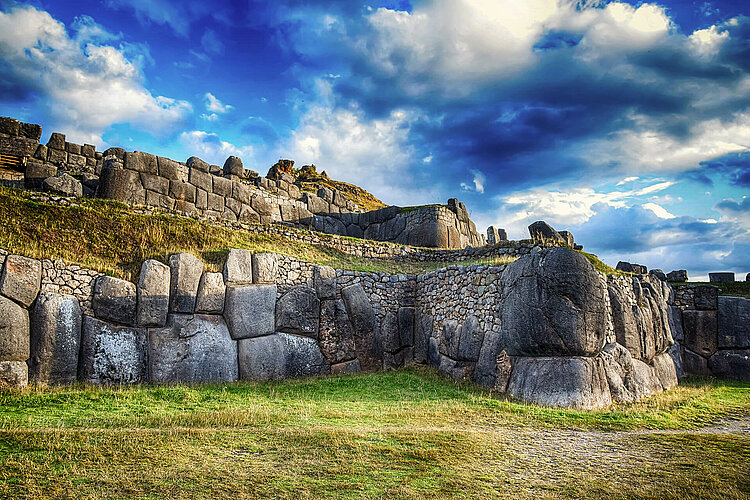Tomb of Tutankhamun
In November 1922, the British Egyptologist Howard Carter (1874–1939) achieved an archaeological sensation when he came across the almost completely preserved tomb of King Tutankhamun (c. 1341–1323 BC) in the Valley of the Kings near the ancient city of Thebes. Tutankhamun reigned in the 18th Dynasty from about 1332 to 1323 BC during the New Kingdom. His body is the only ancient Egyptian mummy still kept in the valley, in the antechamber of the tomb. As it was the 62nd tomb to be discovered, it was given the designation KV62.
The Curse of the Pharaohs
The excavation presented the team with great logistical challenges and took around 10 years in total. A number of people died during the opening of the burial chamber and further exploration, which gave rise to the legends of the “Curse of the Pharaohs”. One of the most famous deaths was that of Carter's financial backer, Lord Carnarvon (1866–1923). British author Sir Arthur Conan Doyle speculated that certain precautions taken by Tutankhamun's priests to guard the tomb might have been the cause. In fact, excavations revealed that the tomb had been opened and closed twice before in ancient times.
The golden death mask of King Tut
By far the most famous of the 5,398 finds from the tomb is the golden death mask of Tutankhamun. It was discovered along with the mummy of "King Tut" in 1925. The mask is made of high karat gold and weighs over 10 kilograms (22 lb). It represents the pharaoh with the traditional Nemes headscarf of the Egyptian kings, with a vulture and the Uraeus serpent on his forehead.
Facts
- Location: Valley of the Kings, Luxor, Upper Egypt
- Tomb number: KV 62
- Built: c. 1332–1323 BC
- Historical era: New Kingdom
- Discovered: 1922
- Important finds: Tutankhamun's death mask, mummy and sarcophagus
- UNESCO World Heritage Site: Ancient Thebes with its Necropolis (1979)
Tutankhamun Folding Card
This unique souvenir note from the Middle East Series is dedicated to the famous pharaoh. It is printed on genuine banknote paper and has several modern security features such as a gold foil patch in the shape of a map of the Middle Eastern countries. The obverse is designed vertically and depicts the golden death mask, Tutankhamun's nomen in ancient Egyptian hieroglyphs, the map of Middle Eastern countries and a map of Egypt. The reverse shows a mosque and a falcon, the traditional heraldic animal of several Arab states.
Obverse: Death mask of Tutankhamun, nomen of Tutankhamun in ancient Egyptian hieroglyphs, map of the Middle Eastern countries, map of Egypt
Reverse: Mosque, falcon, ornaments
| Dimensions: 145 x 70 mm (5.71 x 2.76 in) Material: Paper |
































































